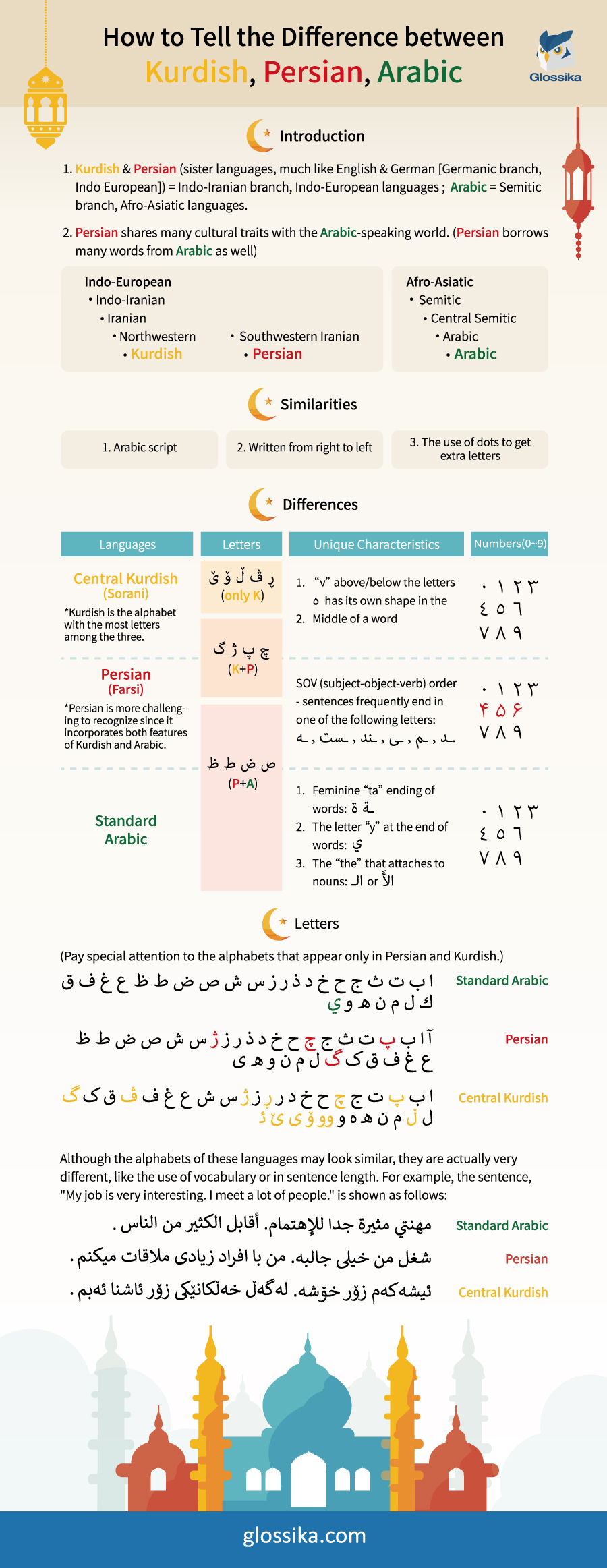The Relationship between Kurdish and Persian Languages
The History and Development of Kurdish and Persian
The Kurdish and Persian languages share a common ancestry as both originated from Old Iranian languages spoken over 2,500 years ago. Kurdish and Persian belong to the broader family of Indo-European languages and more specifically, they are classified as Western Iranian languages. While Kurdish and Persian evolved from the same linguistic roots, they took divergent paths of development over centuries. Around 650 BC, Old Persian began to emerge as the dominant language in the region of Persis (modern day Fars Province of Iran). The Old Persian language is considered the direct predecessor of the Persian language still spoken today. Conversely, the Kurdish languages are believed to have descended from the language of the ancient Median people who established the Median Empire in the late 7th century BC located in northwestern Iran. As the Median kingdom fractured over time, the language evolved and split into distinct dialects across different Kurdish populations in areas stretching from northwest Iran into eastern Turkey and northern Iraq.
Distinct Phonological and Grammatical Structures Developed Over Time
While Kurdish and Persian maintained some degree of mutual intelligibility initially due to their shared Old Iranian foundations, pronounced differences in phonology (sound system) and grammar emerged as the languages independently evolved structures optimized for their distinct speech communities. For example, Kurdish languages developed unique sounds not present in Persian like “xw” and “cw”. Additionally, Kurdish exhibits ergativity in its grammar, marking subject and objects differently depending on transitivity, whereas Persian does not have ergative structures.

Comparisons Between Specific Kurdish Languages and Persian
There are four main branches of the Kurdish language: Kurmanji, Sorani, Zazaki, and Gurani. Each exhibits varying levels of similarity and differences with Persian.
Kurmanji is More Dissimilar to Persian than Sorani
Kurmanji, the northern dialect of Kurdish spoken by a majority of Kurds, maintains a more archaic phonological system compared to Persian and exhibits more grammatical divergence like a developed gender system that Persian lacks. By contrast, Sorani Kurdish, the southeastern dialect, incorporates some phonological features shared with Persian and appears structurally closer. However, neither Kurmanji nor Sorani are fully mutually intelligible with Persian due to their long separate linguistic trajectories.
Shared but Evolving Lexical Inheritance from Old Iranian
While Kurdish and Persian vocabularies partially overlap due to shared Old Iranian roots, certain cognates like “come” diverged significantly over time. Kurdish languages also absorbed loanwords from neighboring languages like Turkish and Arabic to differing extents compared to Persian. Nevertheless, basic vocabulary like numbers remained largely corresponding between Kurdish and Persian.
Modern Influences on Kurdish and Persian Languages
Political Factors Shaped Further Divergence
Geopolitical changes following the establishment of nation-state borders in the early 20th century impacted how Kurdish and Persian languages continued reforming. For example, language policies in Turkey discouraged use of Kurmanji dialects for much of the 20th century.
Widespread Borrowing of Arabic and English Terms
Both Kurdish and Persian extensively incorporated lexical borrowing from Arabic as the languages of wider Islamic empires and caliphates, though Persian adopted many more loans. More recently, globalization introduced widespread English borrowings into technical vocabulary for both languages.
Revitalization Efforts for Endangered Kurdish Dialects
With rising Kurdish nationalist sentiments, organizations actively work to develop and standardize written forms as well as promote use of lesser used Kurdish languages that face endangerment, such as Zazaki. Such initiatives aim to preserve unique aspects of Kurdish linguistic heritage.
Conclusion
In summary, while Kurdish and Persian belong to the same Iranian language family and share some lexical commonalities from their Old Iranian ancestry, they have substantially diverged in phonology, grammar, and modern vocabulary due to separation early in their histories and differing influence of language contact over centuries. Both language traditions continue adapting to remain relevant in their local communities and on the global stage.
